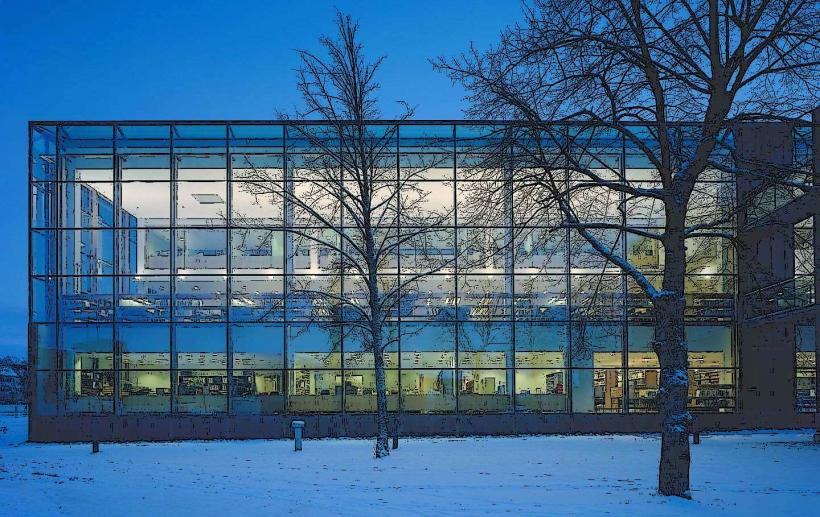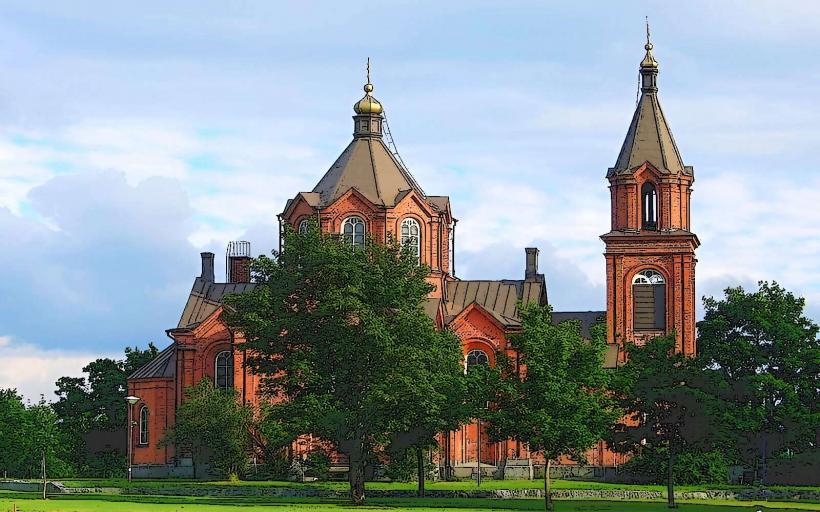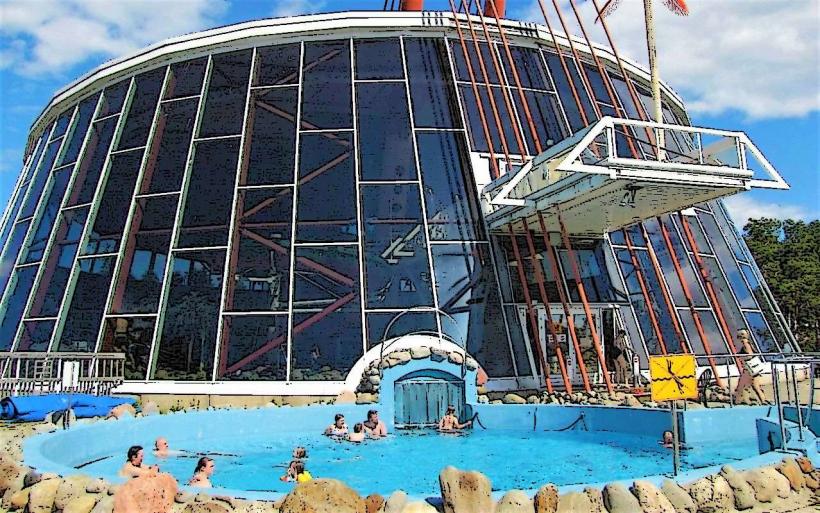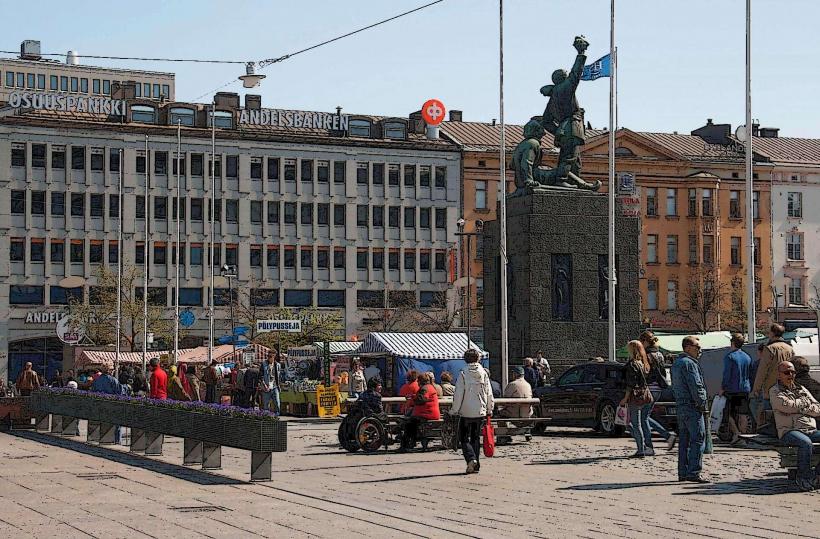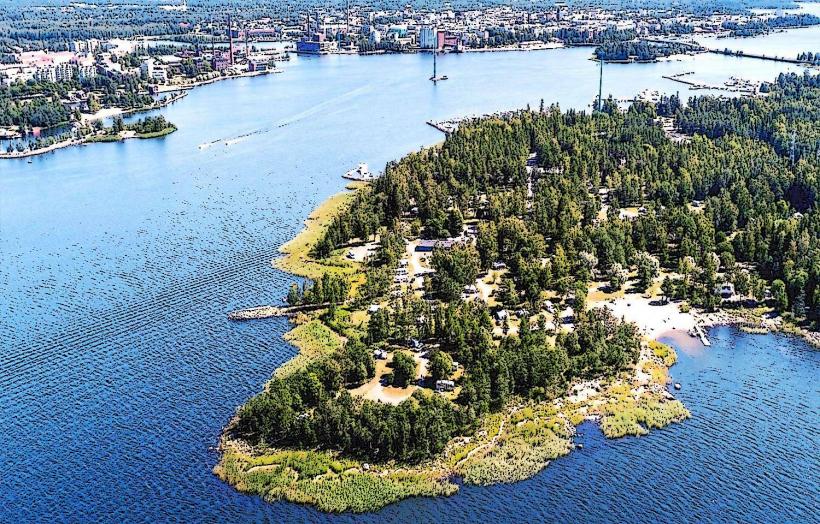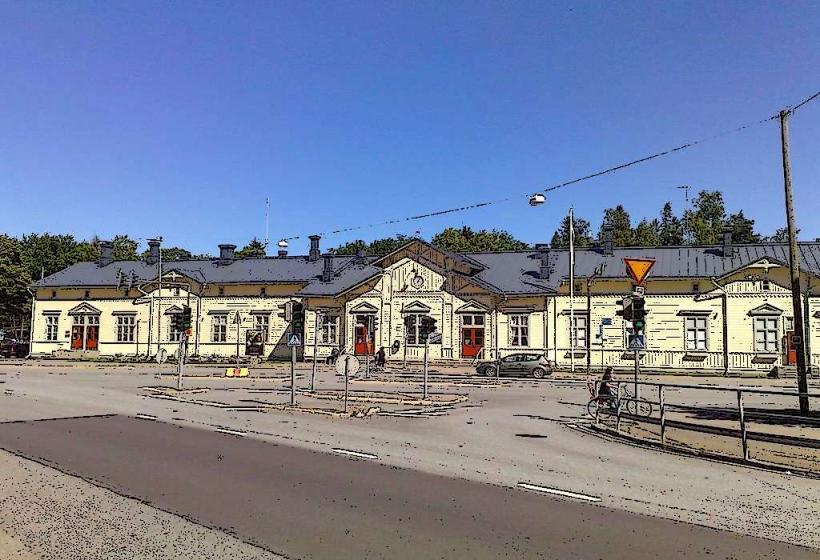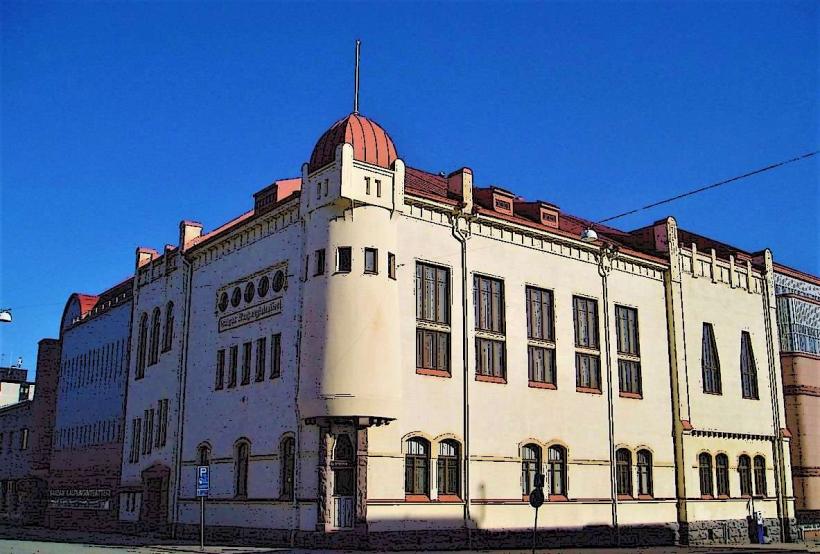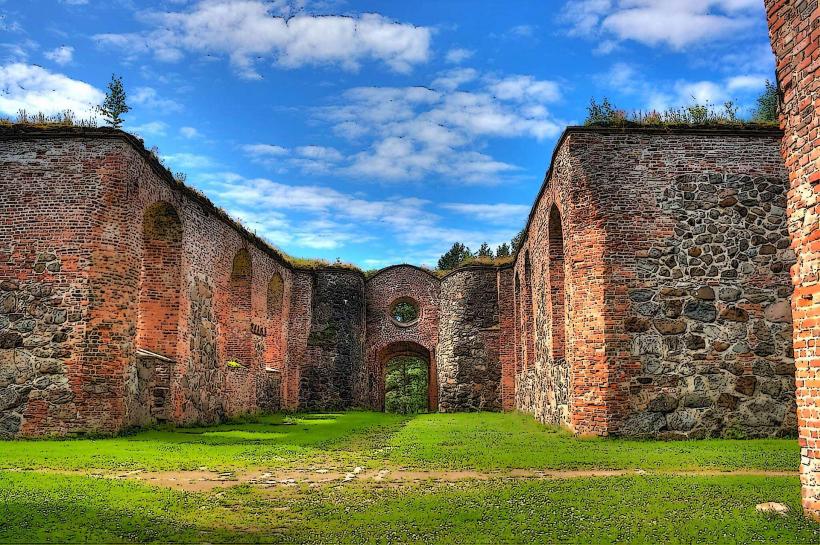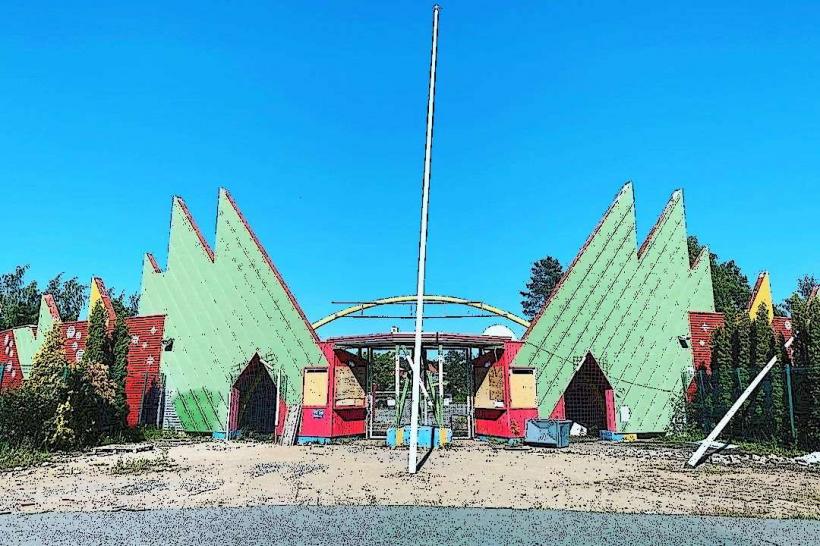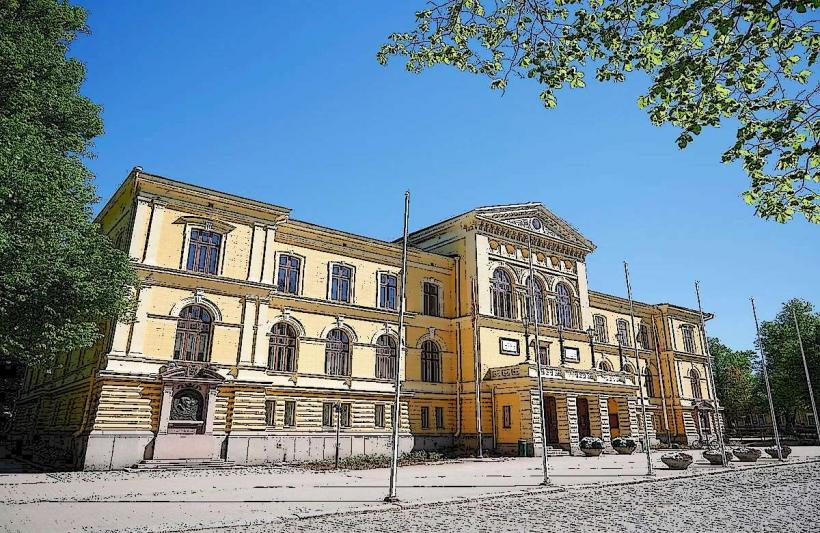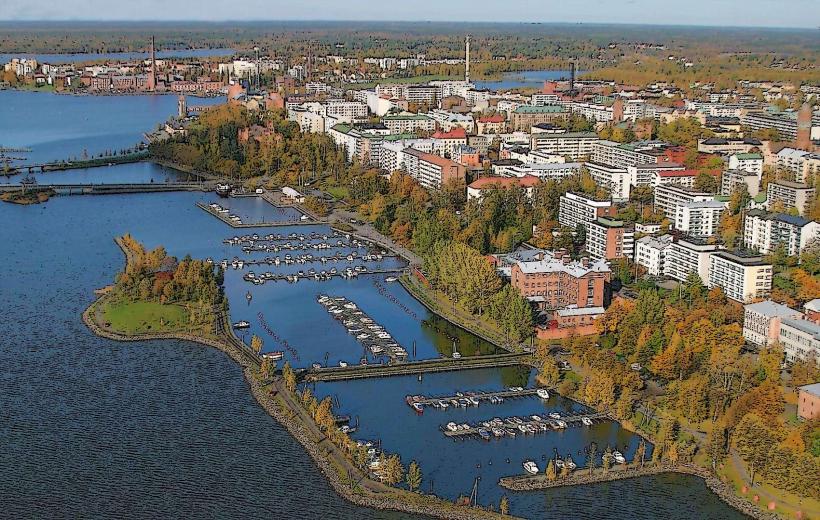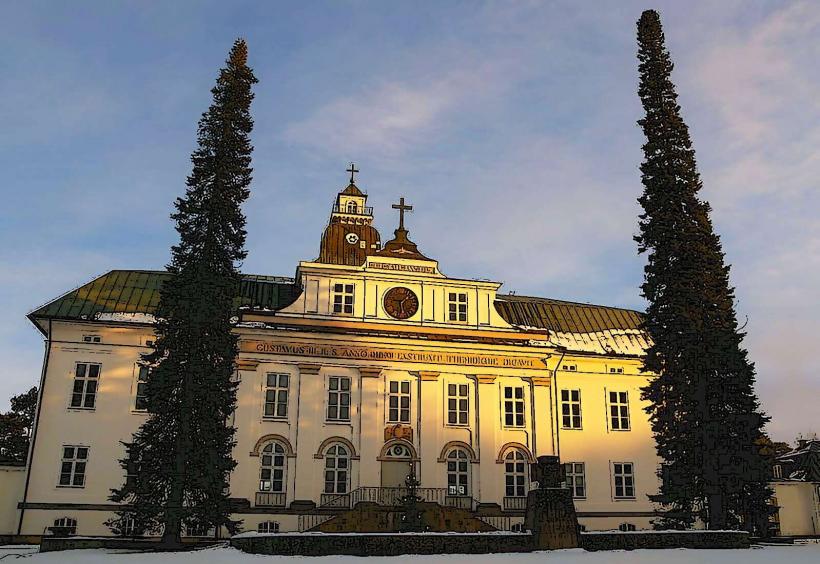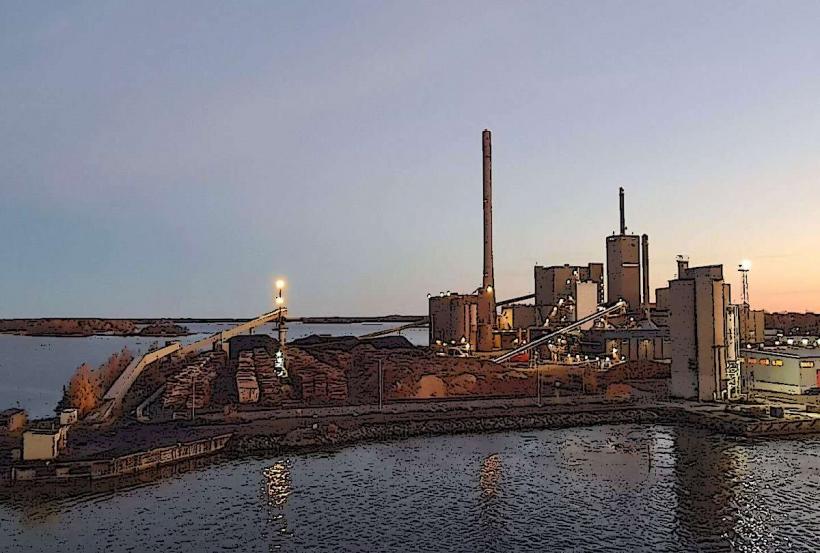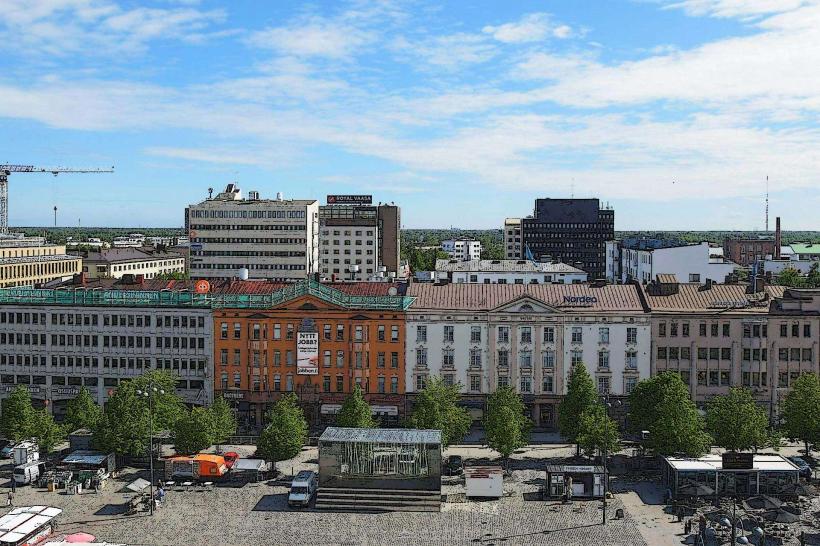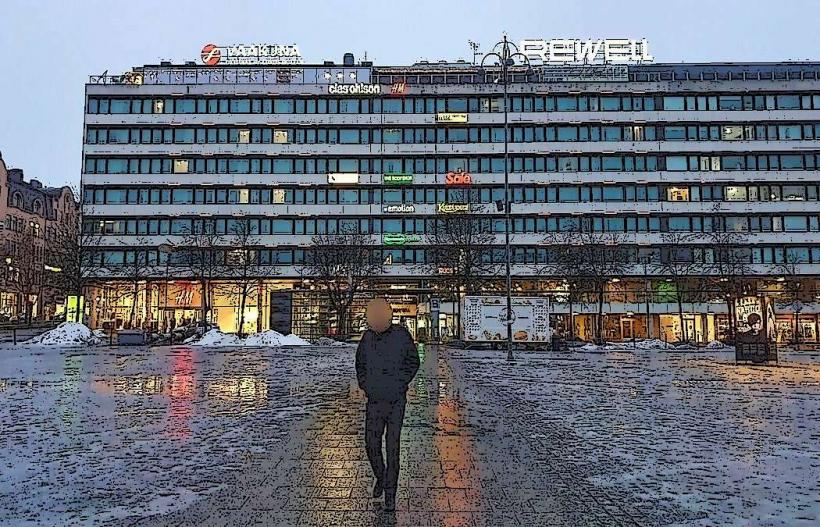Information
Landmark: Ostrobothnian MuseumCity: Vaasa
Country: Finland
Continent: Europe
The Ostrobothnian Museum (Ostrobotnia Museum or Pohjanmaan Museo) is located in Vaasa, Finland, and serves as a key institution dedicated to preserving and showcasing the history, culture, and heritage of the Ostrobothnia region. The museum is known for its diverse and rich collections that span archaeology, history, and regional folklore. Here are some detailed aspects of the museum:
1. History and Background:
- The museum was established in 1912 and is one of the oldest in the region. It was initially focused on the preservation of local cultural heritage and historical artifacts, particularly those related to the Ostrobothnian region, which encompasses the western coastal areas of Finland, including Vaasa, Seinäjoki, and Pietarsaari.
- The museum is a regional museum, meaning that its mission includes documenting and interpreting the local culture, history, and natural environment for both residents and visitors.
2. Exhibitions and Collections:
- The museum offers a wide variety of permanent and temporary exhibitions, with a focus on the cultural history, art, and archaeology of the Ostrobothnia region.
- Archaeological Exhibits: The museum features artifacts from ancient times, including tools, pottery, and other objects that highlight the prehistoric and early historical periods of the area.
- Folklore and Folk Art: The museum has an impressive collection of folk art, including textiles, costumes, and items related to traditional Finnish customs, particularly those of the Ostrobothnian people. It also covers the history of folk music, customs, and celebrations in the region.
- Social History: The museum provides a detailed account of the history of the region, from its agricultural roots to its industrialization in the modern era. It showcases the lives of ordinary people, focusing on their homes, work, and everyday life.
- Naval History and Seafaring: Given Ostrobothnia’s proximity to the coast, there are exhibits dedicated to the region’s maritime history, including shipbuilding, trade, and the lives of fishermen.
3. Architectural Features:
- The museum building itself is a remarkable example of early 20th-century architecture, with modernist elements while retaining a focus on showcasing the cultural identity of the region.
- The museum is part of the Vaasa City Museum Complex, which includes several buildings that house different collections and exhibitions.
4. Educational and Cultural Programs:
- The museum offers a wide range of educational programs aimed at both children and adults. It hosts workshops, lectures, and guided tours that help visitors understand the local culture and history in an interactive manner.
- The museum also organizes temporary exhibitions in collaboration with other museums, as well as traveling exhibitions from other parts of Finland and abroad. These exhibitions cover a wide variety of topics, from modern art to cultural and historical themes.
- Special attention is given to local schools, with tailored programs and visits designed to teach children and young adults about their heritage.
5. Temporary and Traveling Exhibitions:
- In addition to its permanent displays, the museum frequently hosts temporary exhibitions that explore specific topics in more depth. These could range from contemporary art to special historical retrospectives, covering topics like the Winter War, industrial development, and immigration in the region.
- The museum has been involved in collaborations with international museums to bring global perspectives to its local audience.
6. Research and Publications:
- The Ostrobothnian Museum is involved in academic research, particularly in the fields of regional history and ethnography. It has produced numerous publications, research papers, and books that help preserve the region’s history and provide insights into the past.
- The museum’s library houses a wealth of materials related to local history and ethnography, and it is often used by researchers and students.
7. Location and Accessibility:
- The Ostrobothnian Museum is centrally located in Vaasa, making it easily accessible to both locals and tourists. The museum is situated near the city center, so it is a great stop for those exploring the region.
- The museum is well-equipped for visitors with disabilities, offering accessible entrances, elevators, and services.
8. Unique Features and Highlights:
- One of the museum’s standout features is its extensive historical archives related to the region, which include photographs, manuscripts, maps, and oral history collections.
- The museum frequently hosts cultural events, such as folk music performances, traditional Finnish dance exhibitions, and other events that allow visitors to immerse themselves in the local culture.
9. Visitor Experience:
- The Ostrobothnian Museum provides a rich and immersive experience for visitors of all ages, with interactive exhibits that engage visitors in the history and culture of the Ostrobothnia region.
- For children, there are often hands-on exhibits and play areas, designed to make learning fun and accessible.
Conclusion:
The Ostrobothnian Museum is a vital cultural institution in Vaasa that plays a key role in preserving and presenting the rich history and culture of the Ostrobothnia region. Through its collections, exhibitions, and educational programs, the museum fosters a deeper understanding of the local heritage, offering a glimpse into the past while celebrating the ongoing cultural evolution of the area.

